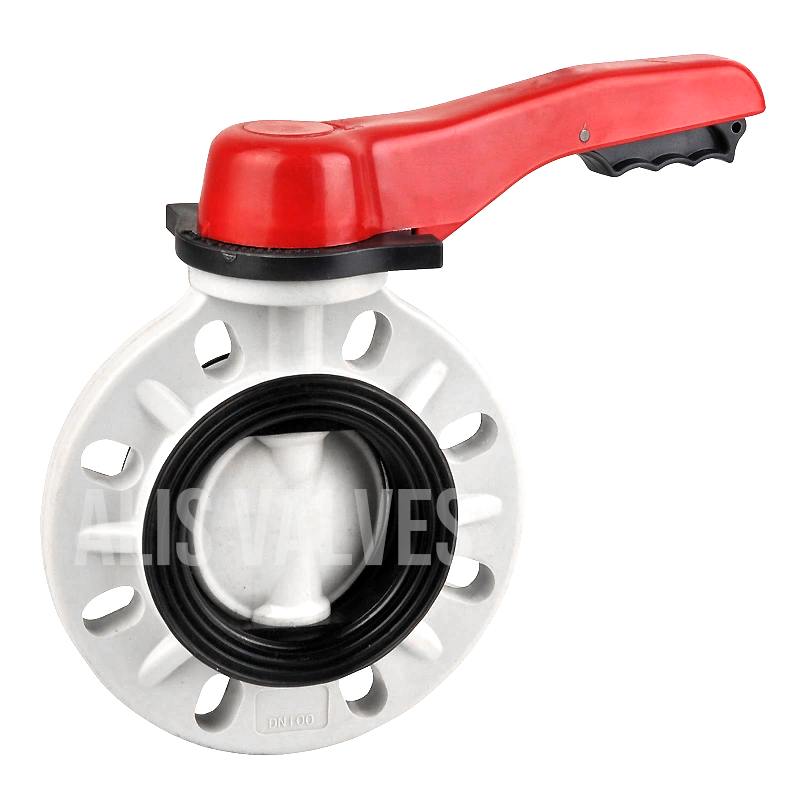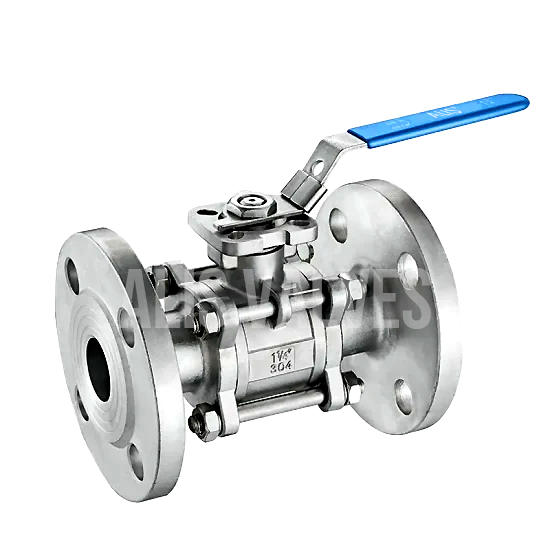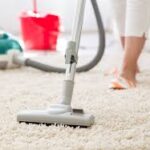Industrial valves play a crucial role in pharmaceutical manufacturing, where cleanliness, sterility, and contamination control are top priorities. Valves in this industry are not just about flow regulation and control—they must also ensure the integrity of the product, prevent contamination, and adhere to stringent hygiene standards. The selection of the right valves can impact the quality of the final product, production efficiency, and compliance with regulatory requirements.
In this article, we’ll explore the best industrial valves used in pharmaceutical manufacturing, focusing on their features, benefits, and specific applications that make them suitable for ensuring clean and contamination-free operations.
1. Diaphragm Valves: The Ultimate Solution for Hygienic Applications
Diaphragm valves are among the most widely used valves in pharmaceutical manufacturing due to their sanitary design and ability to handle sensitive fluids without contamination risks. These valves feature a flexible diaphragm that seals against a weir or seat, ensuring tight shut-off and eliminating the possibility of fluid entrapment.
Key Features of Diaphragm Valves:
Sanitary Design: Diaphragm valves are designed with smooth internal surfaces to prevent the accumulation of particles and bacteria, making them easy to clean and sanitize.
Excellent Sealing: The flexible diaphragm ensures tight sealing, preventing leakage and contamination.
Low Maintenance: With no internal crevices or pockets, diaphragm valves require minimal maintenance and are less prone to wear and tear.
Ideal Applications:
Handling sensitive fluids like purified water, water for injection (WFI), and other sterile liquids.
Aseptic processing and clean-in-place (CIP) or steam-in-place (SIP) systems.
Applications requiring strict hygiene and zero contamination risk.
2. Butterfly Valves: Efficient and Compact Flow Control
Butterfly valves are commonly used in pharmaceutical applications where space is limited, and flow control is essential. These valves consist of a rotating disc that opens or closes the flow path, making them ideal for controlling or isolating fluid flow.
Key Features of Butterfly Valves:
Compact and Lightweight: Butterfly valves are smaller and lighter than other valve types, making them suitable for installations where space is limited.
Quick Operation: The 90-degree rotation of the disc allows for quick on/off operation, enhancing production efficiency.
Minimal Flow Resistance: The streamlined design of butterfly valves ensures low-pressure drops and efficient fluid flow.
Ideal Applications:
Managing the flow of air, water, and other non-viscous fluids in pharmaceutical production.
Applications requiring quick shut-off and tight sealing in compact spaces.
Use in HVAC systems within pharmaceutical facilities to regulate airflow and maintain cleanroom standards.
3. Ball Valves: Reliable Shut-Off and Easy Cleaning
Ball valves are versatile valves that provide reliable shut-off and easy operation. They feature a spherical ball with a hole through the center that opens and closes to control fluid flow. Ball valves are valued for their tight sealing capabilities and are available in sanitary designs to meet the hygiene requirements of the pharmaceutical industry.
Key Features of Ball Valves:
Tight Shut-Off: Ball valves offer excellent sealing properties, minimizing the risk of leaks and contamination.
Ease of Cleaning: Sanitary ball valves are designed with smooth surfaces and minimal dead spaces, making them easy to clean and sterilize.
Durability: Ball valves are constructed from corrosion-resistant materials like stainless steel, ensuring longevity in harsh environments.
Ideal Applications:
Managing flow in CIP and SIP systems to ensure effective cleaning and sterilization.
Isolating equipment during maintenance or process changeovers.
Handling high-purity water and solvent systems in pharmaceutical facilities.

4. Sanitary Check Valves: Preventing Backflow and Contamination
Check valves are one-way valves that prevent backflow in fluid systems, making them essential for maintaining the purity and integrity of pharmaceutical products. Sanitary check valves are designed with smooth surfaces and materials that resist corrosion and contamination, ensuring compliance with strict hygiene standards.
Key Features of Sanitary Check Valves:
Backflow Prevention: Sanitary check valves prevent reverse flow, protecting equipment and processes from contamination.
Smooth Internal Design: The valves are constructed with polished surfaces to eliminate the risk of particle buildup and bacterial growth.
Material Compatibility: These valves are typically made from materials like stainless steel or PTFE, which resist corrosion and withstand cleaning agents.
Ideal Applications:
Preventing backflow in water and air distribution systems within pharmaceutical manufacturing plants.
Protecting pumps and other equipment from reverse flow and contamination.
Use in sterile processing systems to maintain product integrity.
5. Needle Valves: Precise Flow Control for Critical Processes
Needle valves are used in applications where precise flow control is required. These valves have a small, pointed plunger that moves up and down to control flow, allowing for fine adjustments. Needle valves are ideal for applications that require accurate dosing and flow control, making them suitable for critical processes in pharmaceutical manufacturing.
Key Features of Needle Valves:
Precise Flow Adjustment: The needle-like plunger allows for fine-tuned control of fluid flow, making needle valves ideal for dosing applications.
Compact Design: Needle valves are small and can be easily integrated into existing systems.
Corrosion Resistance: Constructed from materials like stainless steel, needle valves resist corrosion and maintain integrity in pharmaceutical environments.
Ideal Applications:
Dosing and sampling in pharmaceutical production.
Precise flow control in laboratory and research settings.
Managing flow in clean gas and air distribution systems.
6. Pinch Valves: Safe Handling of Sterile Fluids and Suspensions
Pinch valves are used for handling sterile fluids, slurries, and suspensions in pharmaceutical manufacturing. These valves operate by pinching a flexible tube to control fluid flow, ensuring that the fluid does not come into contact with any internal valve components. This design eliminates the risk of contamination and makes pinch valves ideal for sensitive applications.
Key Features of Pinch Valves:
Non-Contact Design: The fluid flows through a flexible tube that is pinched to control flow, preventing contamination.
Flexibility: Pinch valves can handle various fluids, including viscous, abrasive, and sterile liquids.
Minimal Maintenance: With no internal moving parts, pinch valves require less maintenance and have a long service life.
Ideal Applications:
Handling sterile fluids and suspensions in pharmaceutical production.
Controlling the flow of highly viscous or abrasive fluids without contamination.
Use in applications requiring disposable tubing to maintain hygiene.
Ensuring Compliance and Cleanliness with the Right Valves
Selecting the appropriate valves for pharmaceutical manufacturing is critical to ensuring compliance with stringent industry standards, such as Good Manufacturing Practices (GMP) and FDA regulations. The right valve choice will depend on factors like fluid type, process requirements, and hygiene standards. Considerations include material compatibility, ease of cleaning, and the ability to withstand repeated sterilization.
Conclusion
Valves are essential components in pharmaceutical manufacturing, contributing to the cleanliness, efficiency, and safety of operations. From diaphragm valves that ensure contamination-free flow to sanitary ball valves that provide reliable shut-off, each valve type offers unique benefits for specific applications. By choosing the right valves, pharmaceutical manufacturers can achieve efficient and contamination-free processes, ensuring high-quality products that meet industry standards.
Investing in high-quality, sanitary valves not only ensures product integrity but also contributes to maintaining a sterile production environment, reducing maintenance costs, and complying with regulatory requirements. Explore the top valve options discussed in this guide and select those that best fit your pharmaceutical manufacturing needs for optimal performance and reliability.

